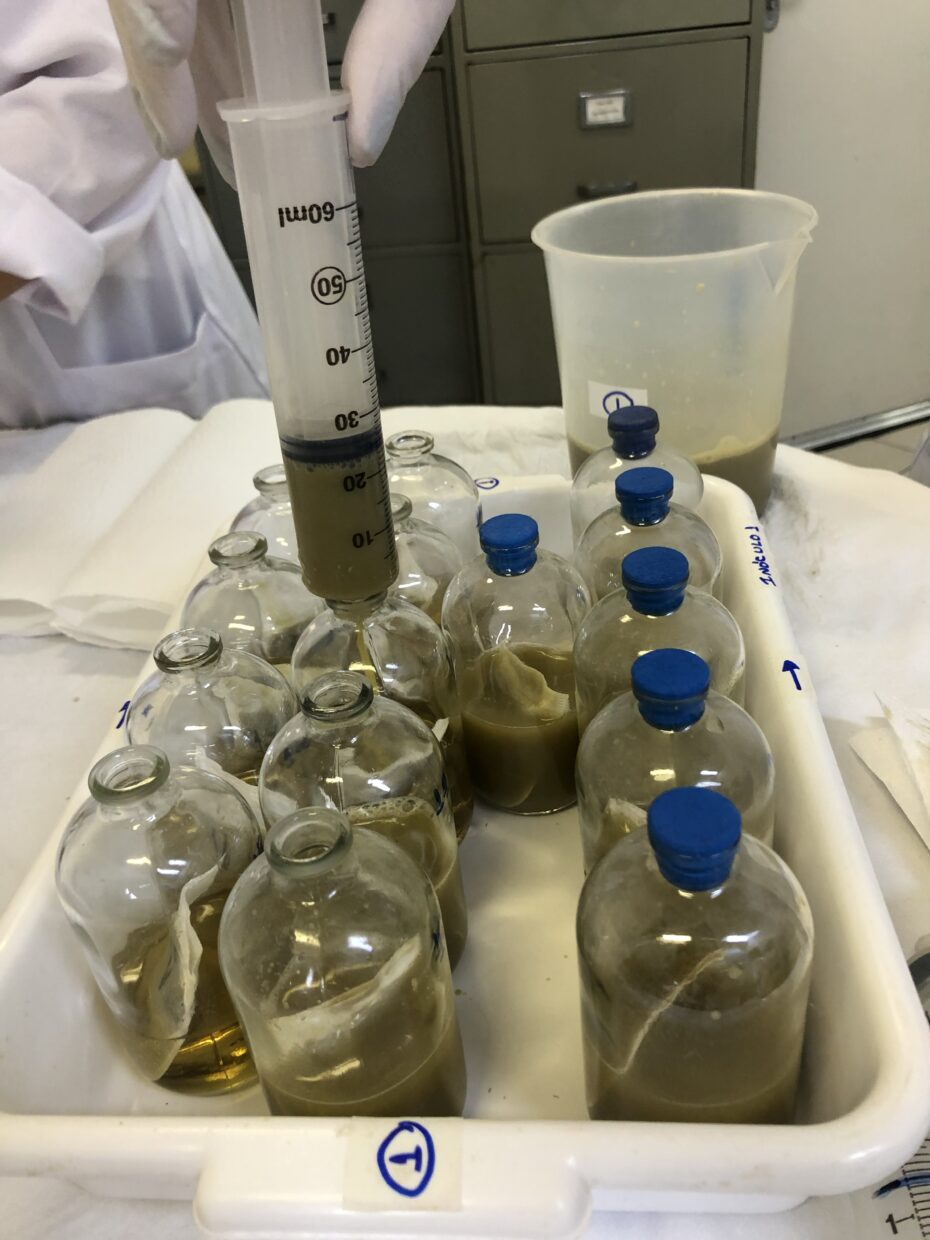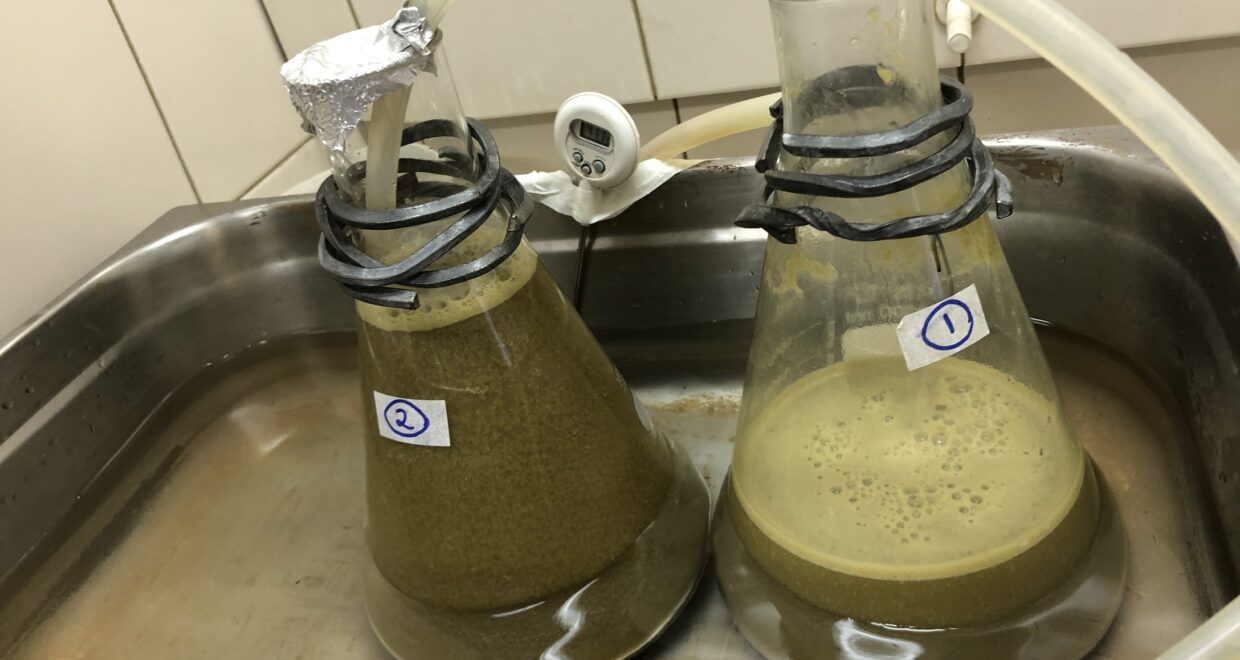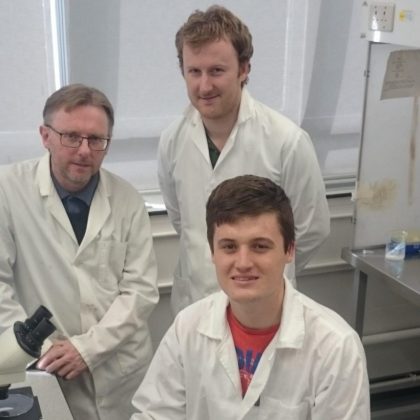Statistical options for analysing gas production data
The paper “Statistical options for the analysis of in vitro gas production profiles illustrated using rumen liquor as the inoculum“, published in The Journal of Agricultural Science, has been chosen as the latest Editorial Highlight and is freely available to download.

The increasing use of the in vitro gas production technique, due to larger system capacity and the availability of inocula from various animal species including from their voided faeces, has created a greater scope for testing animal feeds. Even human diets are now tested using in vitro gas production. A modelling framework for the analysis of gas production profile curves obtained from rumen liquor already exists. This encompasses the use of the gas production residue of the test substrate combined with rumen passage rate to calculate extent of degradation in the rumen proper. At the end of an incubation run, residue and liquid contents are used to calculate in vitro digestibility and the volatile fatty acid composition ratio (Ac+Bu) ⁄ Pr, where Ac, Bu, Pr are the respective ruminal concentrations of acetate, butyrate and propionate.
The residue remaining at multiple incubation times can also be as part of an in situ nylon bag study. The rationale for the present paper was the additional requirement of researchers in the field of feed evaluation to compare substrate treatment significance. Feedback showed that simple analysis of variance undertaken at each profile time point ignored the serial correlation structure of curves and the different variances and covariances of the gas production profile which needed a degrees of freedom correction to counteract bias in the F-Ratio. To provide a comprehensive guide for substrate treatment analysis, many different methodologies are needed to cope with the gas production data generated. These options are described and illustrated in this communication. Therefore, in addition to curve fitting analysis of gas production profiles, scientific workers using the in vitro gas production technique now have the means of analysing the raw data.
The Journal of Agricultural Science Editorial Highlights are selected by the Editor-in-Chief and are freely available for one month. View the recent selections here.




